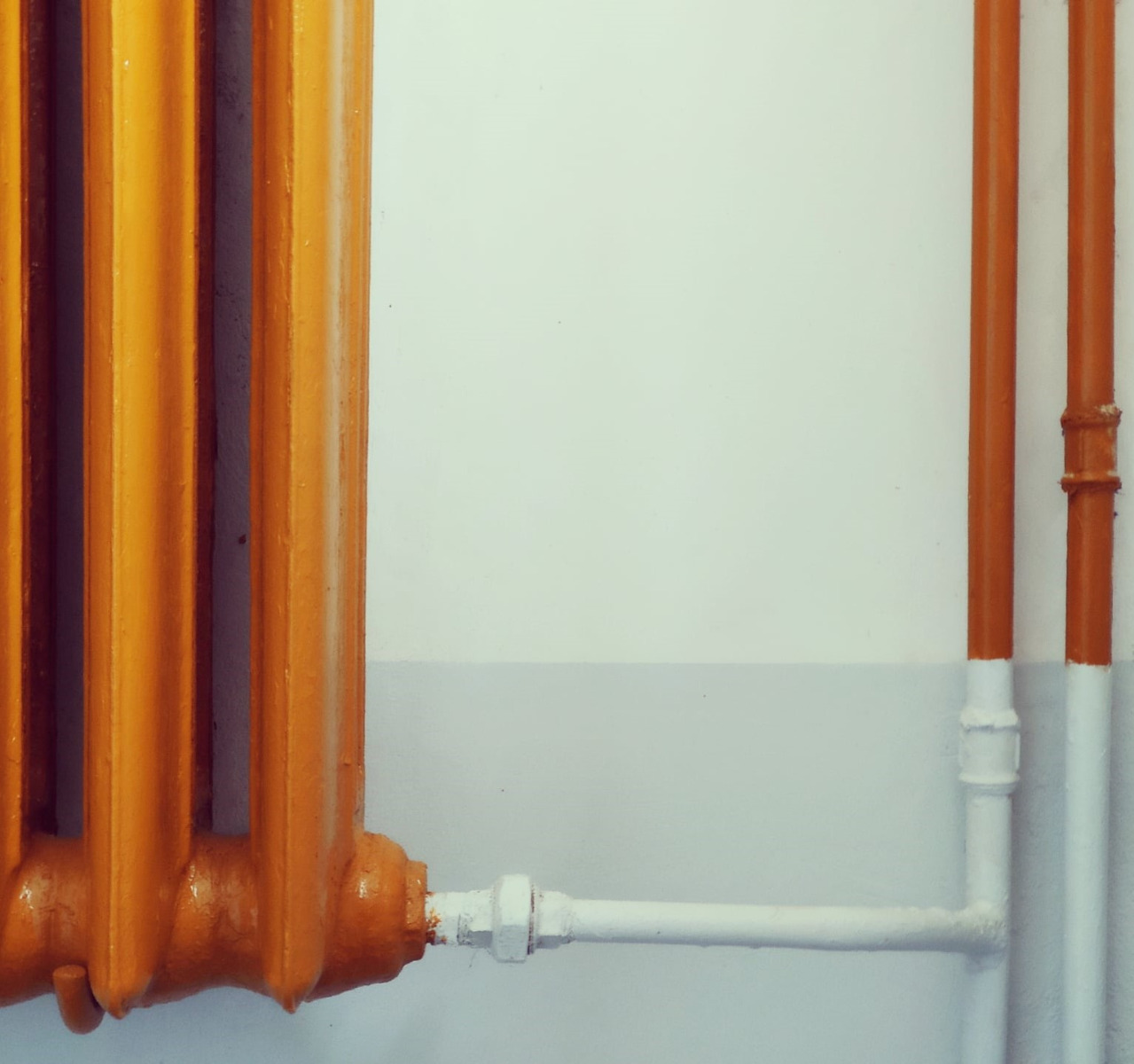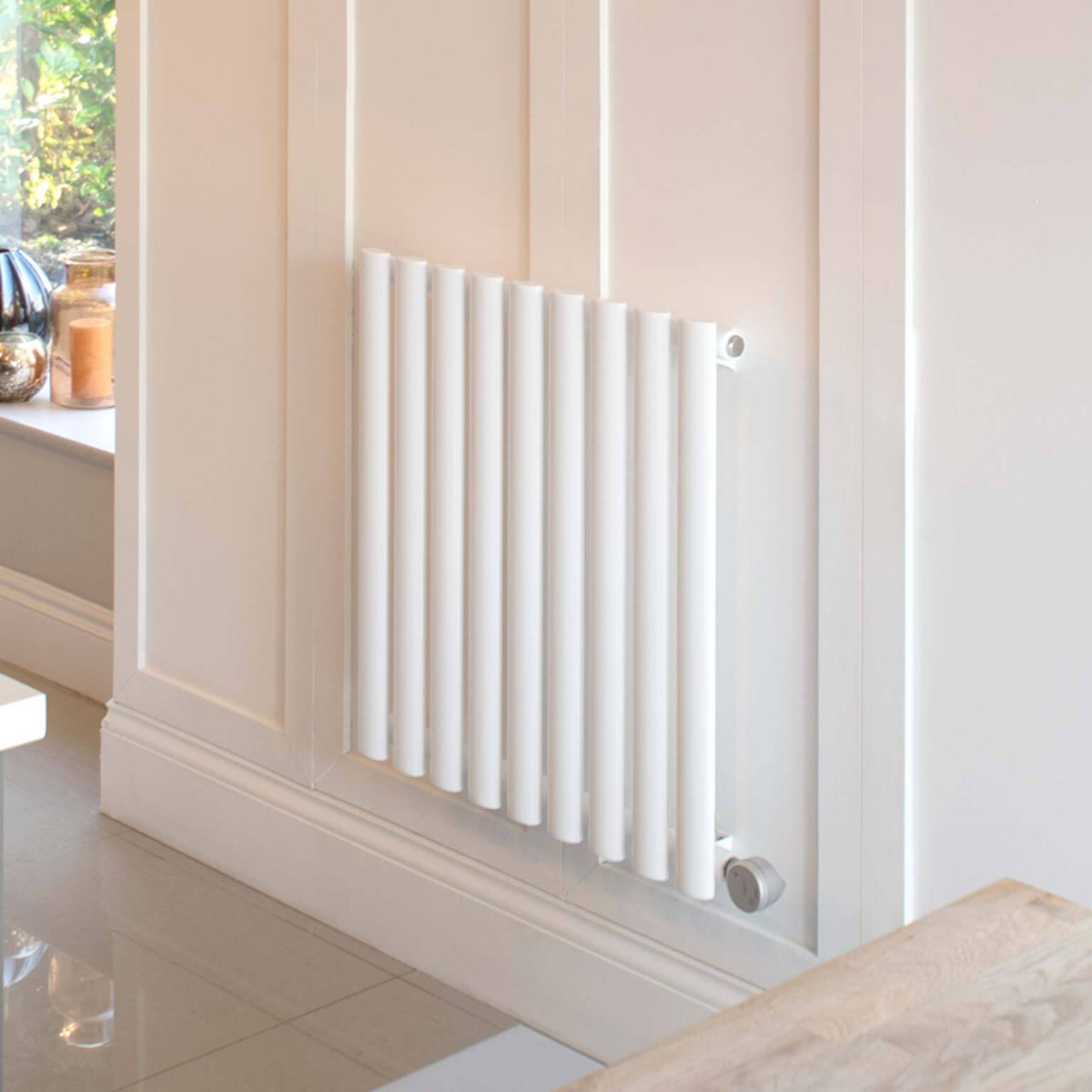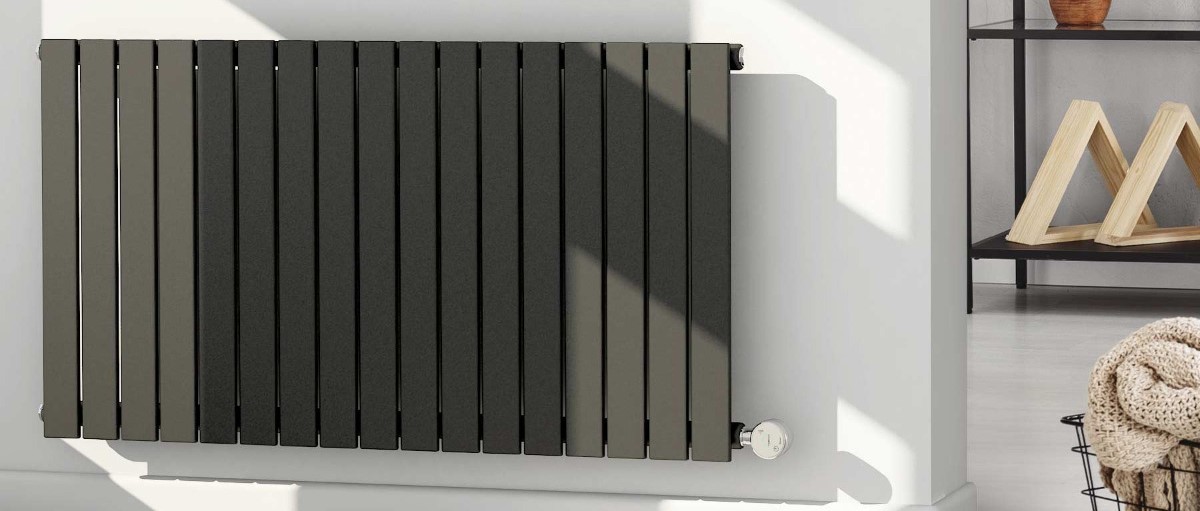Something you might not know about the designer electric radiators you see online is that most of them are central heating radiators converted to an electric solution. The manufacturer takes a central heating radiator – which is just an empty metal shell at this point – then fills it with oil and adds an element. Sounds simple, right? But there is a downside to this kind of setup. These products aren’t a true electric heating solution and won’t always offer the best performance. If you want to know why you should stick to electric-only room heating solutions, read on to find out more.
Why are converted central heating radiators less effective?
There are a couple of reasons why converted hydronic radiators don’t work as well when repurposed for electric heating:
- They’re not designed to promote the flow of a non-pressurised liquid.
- Poor circulation around the heater body can lead to overheating near the element.
But what does that mean when it comes to a real-world application? Let’s take a look at these issues in more detail.
Central heating radiators don’t optimise flow for electric
 The bodies for ‘wet’ radiators are made with the view that they’ll be used as part of a central heating system. The heated water travels around your house, hitting each radiator in sequence as pressure moves it through the pipework. But in an electric heating system, you don’t have this pressure – these heaters become standalone units where the fluid inside is fully enclosed.
The bodies for ‘wet’ radiators are made with the view that they’ll be used as part of a central heating system. The heated water travels around your house, hitting each radiator in sequence as pressure moves it through the pipework. But in an electric heating system, you don’t have this pressure – these heaters become standalone units where the fluid inside is fully enclosed.
And this is exactly where the issues arise. The inlet channels and connecting pipes for central heating radiators are often very narrow because pressure pushes the water to where it needs to go. Without this assistance, the oil can sometimes struggle to reach all parts of the radiator, leaving the top much colder than the bottom where the element is.
This is especially noticeable if the radiator is heating up from cold. The design of a hydronic radiator doesn’t factor in the varying pressure of oil inside the heater body. When the oil is cold and at its most viscous, it has low pressure, making it much harder to flow to where it’s needed. In some instances, this can even mean that the oil can’t make it across the entire body of the radiator, leaving tell-tale cold patches that can be felt when you touch its surface.
The lack of flow can cause the element to overheat
The reduced movement of thermal oil within converted designer electric radiators has an additional knock-on effect. When the heating element warms up, the smaller apertures in the radiator body prevent the heated liquid from circulating away, causing the element to overheat. This can make the radiator repeatedly cut out, or even worse, damage it entirely so that it needs replacing. So, if converted central heating radiators aren’t the best option, what is?
Why electric-only design matters
 Designer electric radiators like the Ascoli and the Allora use Fast-Flo technology, which means they have bespoke bodies manufactured solely for electric heating. Though it may not be obvious looking at their exteriors, their internal apertures and pipe joints are much wider so the thermal oil inside has no problem circulating around the radiator body. They prevent the element from overheating by ensuring there are no hot spots and, in turn, increase overall performance.
Designer electric radiators like the Ascoli and the Allora use Fast-Flo technology, which means they have bespoke bodies manufactured solely for electric heating. Though it may not be obvious looking at their exteriors, their internal apertures and pipe joints are much wider so the thermal oil inside has no problem circulating around the radiator body. They prevent the element from overheating by ensuring there are no hot spots and, in turn, increase overall performance.
Their design also takes a more mindful approach toward electric heating by altering the height of the collector pipe. This is the name of the pipe that connects all of the other pipes together, allowing the thermal medium to flow to every part of the heater. By reducing the height of the collector pipe, it takes into account the reduced amount of pressure in a standalone heater. So, even when the appliance is warming from cold, the oil can still freely move from one end of the radiator to the other.
It’s for these reasons that Fast-Flo technology is so important, as it ultimately provides superior internal circulation for a more even spread of warmth around the radiator body. Electric-only design increases the reliability and longevity of your heating system, improves user experience, and optimises efficiency too.
The best electric radiator is the one designed for the job
When you buy an electric heater, it shouldn’t be made from repurposed parts. An electric radiator will always work best when it’s designed to be just that – an effective, electric-based home heating solution. All of the products on our site are manufactured from the ground up to work as electric heaters so you can buy with confidence knowing you’re purchasing the right tool for the job. And, if you need any assistance choosing from our collection, our team of experts can point you in the right direction. We offer a range of energy-efficient designer electric radiators, all with Bluetooth connectivity for easy programming, so browse our website today for more inspiration.






